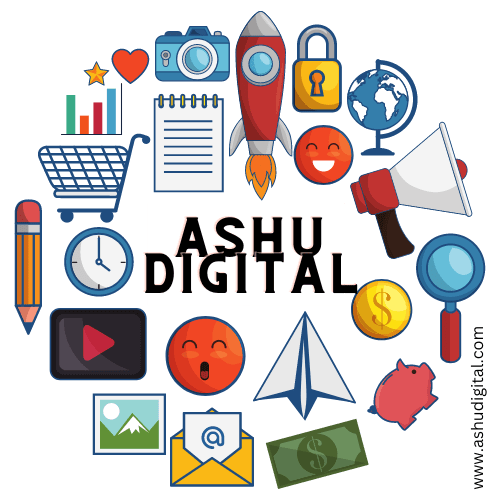With the rapid growth of the gig economy, digital transformation is revolutionizing industries across the board. One sector experiencing significant changes is the cleaning industry, thanks to the advent of on-demand house cleaning apps. These platforms connect homeowners with professional cleaners, ensuring hassle-free booking, secure transactions, and top-tier cleaning services. The rise of on-demand cleaning apps has made it easier for customers to maintain clean and organized living spaces while providing employment opportunities for professional cleaners.
The Rise of On-Demand Cleaning Service Apps
Gone are the days when people had to rely on traditional cleaning services, which often required advance bookings and lengthy commitments. With the emergence of house cleaning app development, customers can now book cleaning services instantly, similar to how ride-hailing apps function. The convenience, flexibility, and affordability of these apps have made them a popular choice among busy professionals, families, and even rental property managers.
The growing demand for on-demand cleaning service apps can be attributed to several factors, including:
- Convenience: Users can book a cleaning session at their preferred time with just a few taps on their smartphones.
- Trust and Security: Most apps vet their cleaning professionals and provide background checks to ensure safety and reliability.
- Variety of Services: From deep cleaning and move-in/move-out services to carpet cleaning and sanitization, these apps cater to different cleaning needs.
- Cashless Transactions: Users can pay securely within the app using credit cards, mobile wallets, or other digital payment options.
Key Features of an On-Demand Cleaning App
A successful on-demand house cleaning app should include a robust set of features to enhance user experience. Some of the must-have functionalities include:
1. User Registration & Profiles
Both customers and cleaning professionals should have the ability to create profiles. Customers can enter their preferences and cleaning requirements, while cleaners can showcase their experience, ratings, and availability.
2. Booking & Scheduling
An intuitive booking system allows users to select their preferred date, time, and type of cleaning service. Some advanced apps also offer recurring bookings for regular maintenance.
3. Service Selection & Customization
Users should be able to choose from various cleaning services and customize their requests based on specific needs. For example, they may want to add extra services such as kitchen deep cleaning or window washing.
4. Real-Time Tracking
GPS integration helps users track the assigned cleaner’s location and estimated time of arrival.
5. Secure Payment Gateway
A seamless and secure payment system allows users to pay for services within the app, eliminating the need for cash transactions.
6. Ratings & Reviews
Customers can leave feedback and rate cleaners based on their experience. This feature helps maintain service quality and encourages transparency.
7. Push Notifications
Users receive real-time updates on booking confirmations, cleaner arrival, and promotions.
8. Admin Panel
A powerful admin panel allows app administrators to manage users, cleaners, transactions, and service requests efficiently.
Steps Involved in House Cleaning App Development
The development of a high-quality house cleaning app involves several crucial steps:
1. Market Research & Planning
Understanding the target audience, competitors, and market demand is essential for building a successful app. Conducting surveys and analyzing user pain points can help in crafting a better service model.
2. Choosing the Right Business Model
There are different business models to consider:
- Aggregator Model: The app acts as a bridge between users and independent cleaning professionals.
- Dedicated Model: A company hires professional cleaners and offers cleaning services directly through the app.
3. UI/UX Design
A user-friendly interface with easy navigation and a visually appealing design enhances user engagement. The goal is to make the booking process seamless and intuitive.
4. App Development
The app should be developed for both Android and iOS platforms using appropriate technology stacks. Key development areas include frontend, backend, database, and API integrations.
5. Testing & Quality Assurance
Rigorous testing ensures that the app is free from bugs and delivers a smooth user experience. Testing should cover aspects such as performance, security, and functionality.
6. Deployment & Maintenance
After successful testing, the app is deployed on app stores. Regular updates and maintenance are necessary to improve performance and add new features based on user feedback.
Future of On-Demand Cleaning Apps
The future of on-demand cleaning apps looks promising as more users seek convenience-driven solutions. Some upcoming trends that will shape the industry include:
- AI & Automation: AI-powered chatbots and automated booking systems will enhance customer support and streamline the user experience.
- Green Cleaning Solutions: Eco-friendly cleaning products and sustainable practices will become a major selling point for users concerned about environmental impact.
- IoT Integration: Smart home devices will be integrated with cleaning apps to automate certain cleaning tasks.
- Subscription-Based Models: Many apps will introduce subscription packages offering regular cleaning services at discounted rates.
Conclusion
The rise of on-demand house cleaning apps is transforming the cleaning industry by making professional services more accessible and efficient. Entrepreneurs looking to enter this space should focus on building feature-rich and user-friendly applications to meet growing consumer demands. By leveraging cutting-edge technology and offering seamless experiences, on-demand cleaning service apps will continue to thrive, providing convenience to users and business opportunities for service providers.
Read More: How Much Does A White-Label Mobile App Cost



